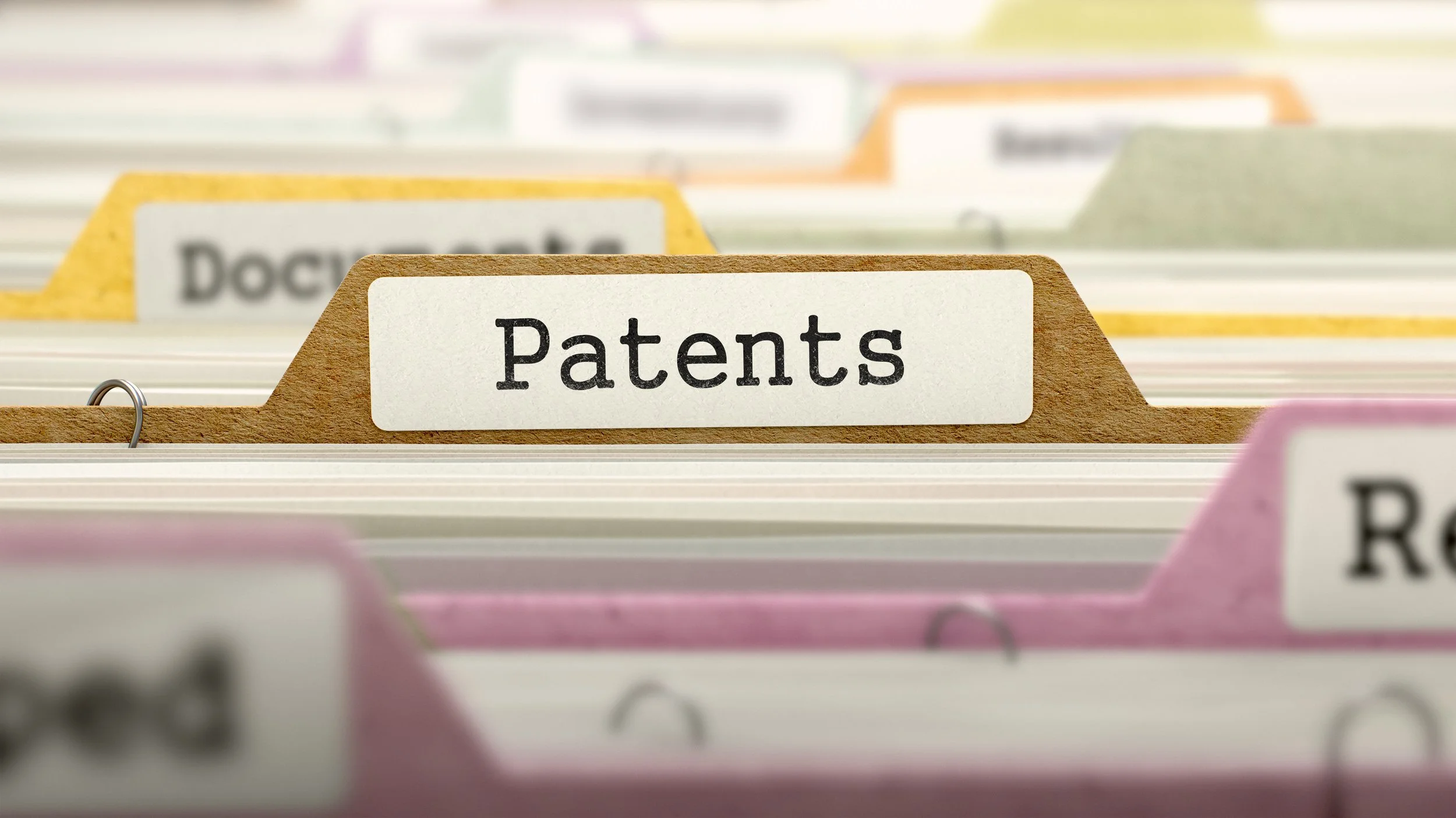Drawing translation is an important branch of technical translation, covering many types of drawings, such as mechanical drawings, electrical drawings, floor plans, water conservancy engineering drawings, interior design drawings, architectural drawings, etc.
Basic process of drawing translation
The process of drawing translation usually includes the following steps:
1. Receiving the original text and preliminary evaluation
The translation team will first receive the original drawing provided by the customer. At this time, the translator needs to first evaluate the number of pages and words in the drawing in order to reasonably estimate the translation cycle.
2. Communicate needs and arrange work
Communicate with the customer or project leader about the specific requirements of the translation, and clarify the details such as the delivery time, technical standards for translation, and typesetting format.
3. Translation and proofreading
The translation stage is the core link, which is usually completed by multiple translators in collaboration, and uses CAT tools to improve efficiency and consistency. After the initial translation is completed, it enters the proofreading stage, where the proofreader checks the accuracy, applicability of terminology, and language fluency.
4. Typesetting and delivery
The typesetting of drawings needs to be carried out strictly in accordance with customer requirements, especially in architectural drawings and interior design drawings. Typesetting is not only the arrangement of text content, but also involves the accurate docking and layout adjustment of drawings.
How to ensure the quality of drawing translation
The quality of drawing translation directly affects the customer's engineering implementation effect. Therefore, the control of translation quality is crucial. The following points are key measures to ensure translation quality:
1. Electronic processing and the use of auxiliary tools
Since there are a lot of repeated and similar content in the drawings, the translation team usually digitizes the original text of the drawings and converts it into an editable format (such as Word document). The use of translation assistance platforms (such as Trados, etc.) can automatically identify repeated content, thereby improving translation efficiency.
2. Construction of glossary and translation memory
Creating a glossary and translation memory is crucial to maintaining translation consistency. Especially for technical terms in mechanical, electrical and architectural drawings, once the definition and translation are unified, the subsequent translation work will be smoother.
3. Division of labor and project management
For large-scale drawing translation projects, reasonable team division of labor and project management are particularly important. The translation team usually consists of a professional team of experienced translators, proofreaders, and typesetting personnel.
4. In-depth understanding of the content of the drawings
Before starting the translation, the translator should first have a comprehensive understanding of the content of the drawings, especially the technical elements and structural elements in the drawings. For complex engineering drawings, the translator should maintain close communication with the client to ensure that the interpretation of the drawings is correct.
5. Standardized quality control process
In order to ensure the quality of translation, a complete quality management system must be established. Artlangs Translation Company has passed ISO 9001:2015 quality management system certification and ISO 17100:2015 translation service management system certification. The translation and quality management processes follow international standard quality control procedures and specifications.
6. Confidentiality commitment and customer trust
Drawing translation involves a lot of technical and commercial secrets. Therefore, the translation company must strictly abide by the confidentiality agreement to ensure the security of customer information.











